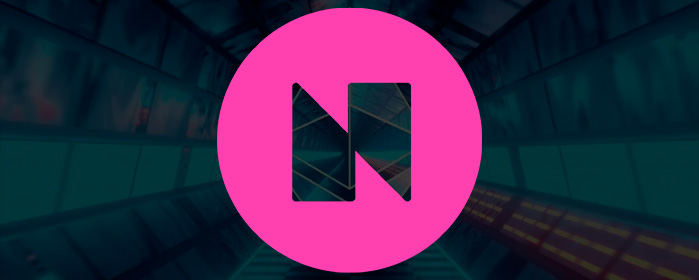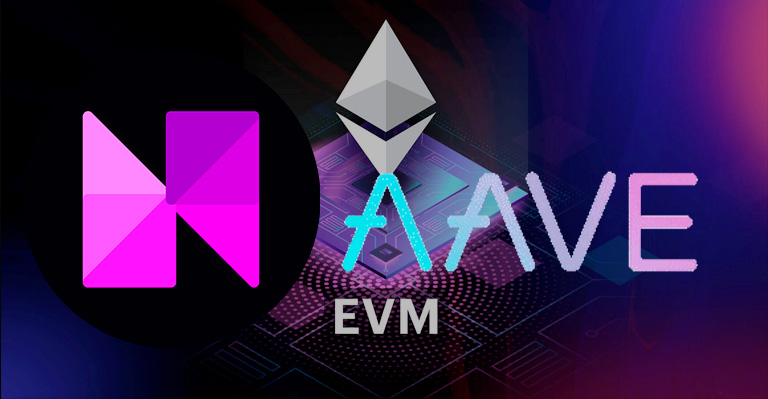The cryptocurrency community is abuzz with news of the Neon Foundation collaborating with the Aave Chan Initiative (ACI), proposing the deployment of Aave V3 on the Neon Ethereum Virtual Machine (EVM) mainnet. This proposal is currently in the initial stage of community consideration and will proceed to a governance vote if the sentiment is positive.
The Neon EVM, a product of Solana, is designed to facilitate the expansion of Ethereum’s decentralized applications (dApps) on the Solana platform. The proposal presents the advantages of integrating Aave’s lending services into this EVM-compatible smart contract platform. The Neon Foundation is actively soliciting input from the Aave community regarding this proposal.
According to Neon, the proposal is a “temperature check”. If the Aave community expresses favorable sentiment in a preliminary evaluation, the proposal will advance to the next stage as an Aave Improvement Proposal (AIP). Following this, a governance vote and potential implementation could lead to the expansion of Aave V3 onto the Solana-based platform in the form of a minimal viable product (MVP).
What are the Next Steps for Neon Foundation’s Proposal?

The proposal recommends the launch of Aave V3 on the Neon EVM Mainnet, with a restrained deployment of initial assets and cautious risk parameters. This strategy will allow Aave to tactically secure a foothold in the Solana ecosystem while keeping risk to a minimum.
The expansion of Aave to the Neon EVM will provide access to a previously “unaddressed” user base, enhance network liquidity, and engage with Solana’s community and ecosystem. The Neon Foundation also highlights that this integration could pave the way for additional platform growth, including capturing a portion of Solana’s DeFi ecosystem.
Neon highlights three collaterals SOL, mSOL, and jitoSOL. USDC is envisioned as a borrowable asset. This not only holds the promise of expanding the network’s community and user base but also has the potential to boost its total value locked (TVL) and enhance protocol revenue.
The proposal is currently in the “temperature check” phase, inviting feedback from the Aave community. If the proposal secures enough initial backing, it will progress to the subsequent stage, which will be followed by an on-chain vote to cement the decision.

